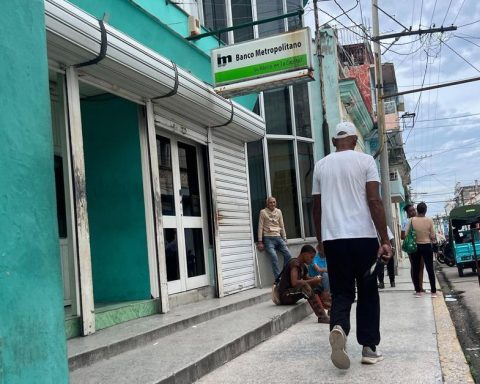Between 1990 and 2019, acute myeloid leukemia (AML) incidence rates increased globally by 35% in men and 8% in women, according to a recently published study that analyzed global records of this disease that accounts for about 80% of adult leukemia cases and of which every April 21 the world day is commemorated.
The work, which was presented at the last Conference of the National and Comprehensive Cancer Network of the United States (NCCN 2022), indicated that mortality also increased in this period of time (almost 12% in men and 1.5 % in women), but the mortality incidence ratio (MII) decreased both globally and in all regions.
“Although MII is improving globally and in all world regions, the ever-increasing burden of disease is concerning,” the paper concluded.
AML is the most common acute leukemia in adults, accounting for about 80% of adult leukemia cases; while in girls and boys under 10 years of age it means less than 10%.
“The study does not determine what this increase is due to, it is very likely that by improving the epidemiological records and reaching the diagnosis earlier, this is what increases the cases,” he told Télam Fernando Piotrowski, executive director of ALMA (Argentine Myeloid Leukemia Association).
What are leukemias
These are cancers that start in cells that would normally mature into different types of blood cells; they usually start in early forms of white blood cells, but some start in other types of blood cells.
Leukemias are classified as acute (rapid growth) or chronic (slower growth) and whether they start in myeloid or lymphoid cells.
AML begins in the bone marrow (the soft part inside certain bones where new blood cells are made), but it usually passes quickly into the blood and sometimes spreads to the lymph nodes, liver, spleen, central nervous system (brain and bone marrow spinal cord) and the testicles.
In an early stage, the disease nonspecific symptoms such as shortness of breath, bruising, fever, weakness, and susceptibility to infection, making diagnosis difficult.
“In the case of this leukemia, because of how it develops, there are no useful studies to discover it in its early stages, so the best way to find it is not delaying the medical visit before any of these symptoms that attract attention,” said María Marta Rivas, hematologist and head of the Hematology Service of the Austral University Hospital.
For the diagnosis, a complete blood count is first performed and if there is suspicion, a bone marrow puncture is indicated.
Piotrowski emphasized that “following diagnosis, treatment should ideally be started within a few days”but he warned that “the times of the State, social security and prepaid insurance are often measured in weeks, a time that the patient does not have to wait because, particularly in this type of leukemia, each day is crucial.”
how to treat it
According to the American Cancer Society, chemotherapy is the main treatment for most types of AML, sometimes along with a targeted drug. “This treatment can be followed a stem cell transplantwhile “surgery and radiation therapy are not primary treatments for AML, but may be used in special circumstances,” they explained.
Meanwhile, from ALMA they reported that “the therapies that potentially cure this disease are intensive chemotherapy and bone marrow transplantation, although the cure rates are lower than in other oncological and oncohematological diseases.”
“Likewise, for the rest of the patients, in recent years there have been advances that are improving therapeutic results, especially in those who are elderly and/or who have relapsed from previous treatments,” said the statement released on the occasion of World Health Day. the illness .
For patients who, due to their age or state of health, cannot receive chemotherapy, recent studies have shown that the combined use of two drugs -which are approved and available in our country- reduced the risk of death by 34% and they increased survival by 50% more than if only one of them was used (14.7 months vs. 9.6).
“An important aspect, furthermore, is that these patients could undergo treatment on an outpatient basis because one of the drugs is injectable, but the other is oral, unlike chemotherapy induction, consolidation and maintenance cycles, which require prolonged international Rivas added.


















